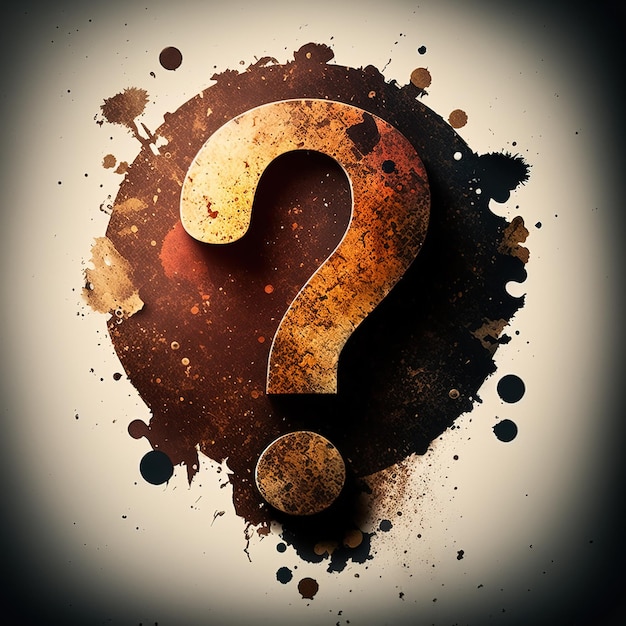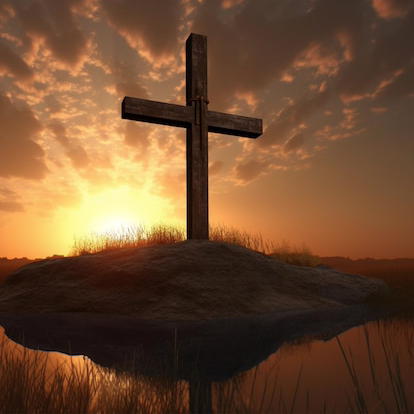- Thread starter
- #581
The Voyage of Brendan the Navigator
Having founded several monasteries in Ireland and Britain, Brendan was fascinated by a report from another Irish monk that the Island of Paradise, which included the Garden of Eden, was located in the northern Atlantic Ocean. Brendan was as strong-minded as he was courageous. He was highly "ethnocentric," believing that the conduct of Irish monks was the best, and therefor, he saw good people as being similar to Irish monks, and he saw bad people as being very different from Irish monks. He expected to see wonders in the Atlantic, and when he did, he believed that his imaginative descriptions of what he saw were scientific fact.
In my OPINION, which could be wrong, the monks discussed what they saw, reached a consensus, and reported the consensus as fact. Leaving Ireland with 17 monks, 14 of whom survived, Brendan was an expert navigator, but his knowledge came mostly from books. He did not realize the problems he would have with currents pulling him off course.
Searching for Paradise, the Navigators visited several isolated islands off the coast of Europe. Finding friendly groups of hermits who had some religion, Brendan decided that they were pre-Catholic monks. When they encountered hostile hermits, who only wanted to be left alone, the Navigators described them as shooting fire (possibly arrows tipped with burning pitch) at the monks, and Brendan left them alone.
Sailing farther out in their quest for Paradise, they became some of the first Irishmen to see icebergs, which they described as giant crystal palaces, floating on the water. They were even more surprised when they reached the Arctic and saw the ocean itself frozen.
They spent a winter in Iceland, which they had already known about, and surprisingly, they missed Greenland, which they hadn't known about.
Surrounded by whales, they were terrified when one of them, thinking their boat was a whale that needed help, got under them and lifted them up, carrying them for a short distance. Landing on a volcanic island to celebrate Mass, they were startled when the island started shaking. Believing that they had landed on the back of a giant sea monster, they fled safely.
One Sunday, they encountered a marooned sailor, left alone on an island by a captain who considered him a traitor. Confused by language difficulties, they thought that the traitor was Judas himself, allowed out of Hell on Sundays and feast days. Staying overnight, they prayed that the demons wouldn't be able to take him back that night, and it worked.
And they made history when they landed in Newfoundland, Canada. Having survived the Arctic, they thought they were in Paradise. The Canadian Indians were still centered around the Great Lakes to the west, and there were no inhabitants on their giant island. The monks returned to tell their tale and became legends.
Having founded several monasteries in Ireland and Britain, Brendan was fascinated by a report from another Irish monk that the Island of Paradise, which included the Garden of Eden, was located in the northern Atlantic Ocean. Brendan was as strong-minded as he was courageous. He was highly "ethnocentric," believing that the conduct of Irish monks was the best, and therefor, he saw good people as being similar to Irish monks, and he saw bad people as being very different from Irish monks. He expected to see wonders in the Atlantic, and when he did, he believed that his imaginative descriptions of what he saw were scientific fact.
In my OPINION, which could be wrong, the monks discussed what they saw, reached a consensus, and reported the consensus as fact. Leaving Ireland with 17 monks, 14 of whom survived, Brendan was an expert navigator, but his knowledge came mostly from books. He did not realize the problems he would have with currents pulling him off course.
Searching for Paradise, the Navigators visited several isolated islands off the coast of Europe. Finding friendly groups of hermits who had some religion, Brendan decided that they were pre-Catholic monks. When they encountered hostile hermits, who only wanted to be left alone, the Navigators described them as shooting fire (possibly arrows tipped with burning pitch) at the monks, and Brendan left them alone.
Sailing farther out in their quest for Paradise, they became some of the first Irishmen to see icebergs, which they described as giant crystal palaces, floating on the water. They were even more surprised when they reached the Arctic and saw the ocean itself frozen.
They spent a winter in Iceland, which they had already known about, and surprisingly, they missed Greenland, which they hadn't known about.
Surrounded by whales, they were terrified when one of them, thinking their boat was a whale that needed help, got under them and lifted them up, carrying them for a short distance. Landing on a volcanic island to celebrate Mass, they were startled when the island started shaking. Believing that they had landed on the back of a giant sea monster, they fled safely.
One Sunday, they encountered a marooned sailor, left alone on an island by a captain who considered him a traitor. Confused by language difficulties, they thought that the traitor was Judas himself, allowed out of Hell on Sundays and feast days. Staying overnight, they prayed that the demons wouldn't be able to take him back that night, and it worked.
And they made history when they landed in Newfoundland, Canada. Having survived the Arctic, they thought they were in Paradise. The Canadian Indians were still centered around the Great Lakes to the west, and there were no inhabitants on their giant island. The monks returned to tell their tale and became legends.








